The Japanese knotweed (Polygonum cuspidatum), a renowned notorious weed for being one of the world’s most invasive plants, is bound to give anyone a headache. It has been rightfully nicknamed as the ‘Godzilla weed’ due to its tenacity and ability to withstand tough conditions.
If you’ve attempted to eliminate this weed, you already know how problematic it can be. The Japanese knotweed is so obstinate that it survives through masonry foundations!
There are a couple of methods that you could use to get rid of this plant, and most times, it will require multiple weeding sessions for complete eradication.
Identifying Japanese Knotweed
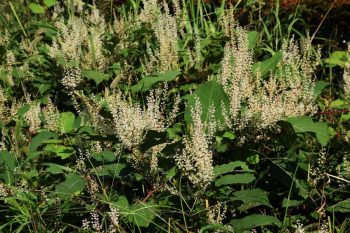 It is a 2-3-meter-tall plant when mature, one with heart-shaped leaves, bamboo-like canes, and masses of small white flowers.
It is a 2-3-meter-tall plant when mature, one with heart-shaped leaves, bamboo-like canes, and masses of small white flowers.
This is thought to be the reason why the Westerners adopted the plant from the UK, who had in turn gotten it from Japan. They planned to use the plant as an ornamental landscaping plant little did they know that the weed spread like wildfire.
The plant is of the buckwheat family and prefers sunny, moist areas. This said you’re likely to find it around roadsides, riverbanks, lawns, and gardens.
The good news is that it does not invade forested zones, the bad being it prefers human-dominated landscapes. These tend to be open to the sun as well as have crumbly soils, favoring its growth.
Consider adding mulch to your garden beds as a weed deterrent.
How to remove the notorious Japanese Knotweed
Before getting into the details of killing this notorious weed, we need to identify which method to apply during the different times of the year. The proper method is dependent on the season, though sever infestation requires all-year-round removal. Here’s a summary and advice from Environet of seasons and the most favorable method to use:
- Smothering: Spring.
- Cutting: Throughout the summer.
- Digging: Any time, especially just before using the smothering technique
- Herbicide: Summer or early fall.
Rather not get rid of this weed yourself? We can help. Head over to our lawn fertilization and weed control service page for details.
Getting rid of the weed.
The Tools and equipment needed to eradicate this weed are as follows:
- Tarps
- Rocks or other weights
- Garden sprayer
- Pruners
- Shovel
- Rake
- Materials
- Herbicide
- Plastic garbage bags
When you have all the tools, equipment and have identified the season, follow the steps depending on the strategy chosen:
1. Using Tarps to Smother Japanese Knotweed:
Prepare the Area
Slash or sheer off the weeds’ canes then carry off the debris since cutting may regrow. These stems can cut through the tarps so be careful.
Cover with tarps
When the Japanese knotweed is covered with tarps, they suppress the plant’s growth by depriving it of oxygen and sunlight, ultimately killing it. This technique is suitable in spring in order to catch the plant at the start of its growing season. Depending on the plant’s size, use one or more tarps. Be sure to overlap the tarps to prevent sunlight from penetrating through. Rocks, wood pieces and other heavy materials can be used to weigh down the tarps, so they don’t move or blow away.
Walk over New Shoots
Emergent new shoots could emerge but can be eradicated simply by walking over the tarps.
Leave Tarps
Let the tarps stay till the shoots stop re-occurring and all existing ones have died. Since this limits gardening, you can use above-ground container gardening in the meantime.
2. Cutting Japanese Knotweed
Cutting back suppresses but not fully eradicates the weed. It is thus complemented by other methods.
Cut Plant Down.
Cut the plant to slow down photosynthesis therefore growth.
Gather Cuttings
Collect cutting to avoid re-sprouting then dispose them off.
Keep repeating to avoid re-emergence.
3. Digging Up Japanese Knotweed
It’s also complemented by other methods due to the extensive root system.
Find Rhizome Clumps
Locate the rhizome clumps which can be woody and spread out, then dig them out
Bag Rhizomes for Disposal
Uproot as many as possible to avoid regrowth then collect them for disposal. Remember tiny pieces can yield mature plants.
4. Using Herbicide to Kill Japanese Knotweed
Herbicides are chemical substances that kill the plant by affecting processes necessary for growth. Therefore, they kill the plant. However, they do cause pollution and should be used with caution. Additionally, they could also end up killing nearby garden plants that you may want to keep.
Select Weed Killer
Select the appropriate weed killer. Selective herbicides are preferred since they choose a specific type of plant quality in the killing, preserving other plants that are not invasive.
Carefully Distribute Weed Killer
Be sure to wear protective clothing then spray or apply the herbicide evenly. Store any remaining chemical safe from humans, pets, and plants.
Conclusion
Using different methods to eradicate the weed will reduce the chance of re-growth. Though it may seem like a lot of work, the results of due diligence on the Japanese knotweed will ensure that even when the ground is supplied with water, ample sunlight, and space, the weed will never regrow.
This will leave your landscapes beautiful, your driveways clean and the foundation of your house free of any undergrowth. In simple words, it will ensure the headaches from the notorious weeds are gone for good!

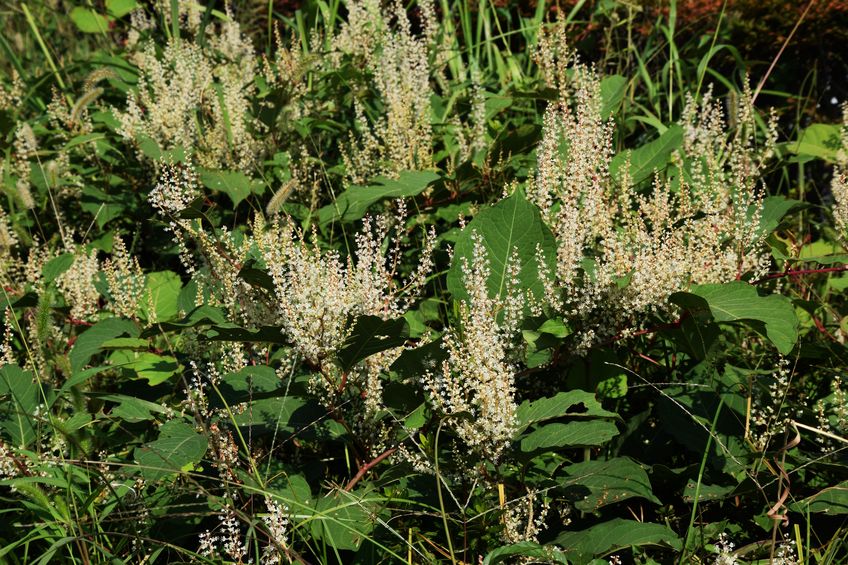

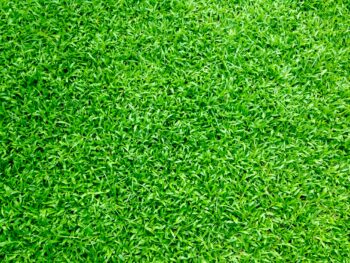
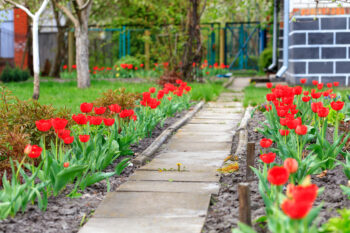
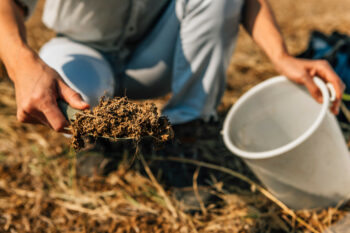
One Response
Hi, I am actually looking for some Japanese Knotweed. I am planning to grow one in a container. Can you direct me where I can find some? Thanks!